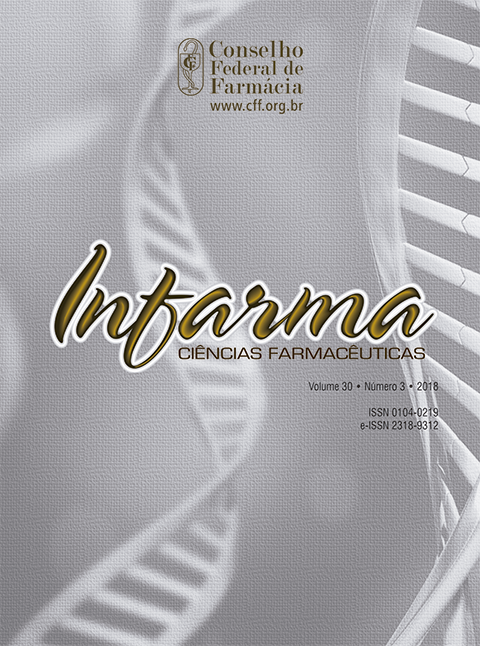GUIDELINES OF FORCED DEGRADATION STUDIES PROTOCOL AND REPORT OF DRUG PRODUCTS ACCORDING TO RDC 53/2015
DOI:
https://doi.org/10.14450/2318-9312.v30.e3.a2018.pp194-202Keywords:
degradation product, forced degradation protocol, forced degradation report forced degradation study, stress study.Abstract
The forced degradation study (FDS) is a key to predict the stability of an active pharmaceutical ingredient (API) isolated or in the finished product. From this, it is possible to obtain a stability indicating method by performing severe stress conditions able of to quantify all the possible degradants in the API or in the finished product. The international guidelines about this topic only give an overview on how to perform the FDS, it does not provide methodological details on a practical approach of these studies, which makes scientific standardization difficult. With the publication of RDC 53/2015 and guidelines 04/2015 by Anvisa, the international FDS practices should be revised to obtain a drug registration in Brazil. Therefore, the aim of this study is propose a template for FDS protocol and report that meets the requirements of Brazilian legislation. Degradation path, stress conditions, endpoints, percentage of degradation, mass balance, potential degradation profile, analytical validation, identification and qualification of degradation products were extensively discussed throughout this article. The model protocol and report presented complies with RDC 53/2015 in its entirety.
Downloads
Published
How to Cite
Issue
Section
License
Authors who publish in this journal agree to the following terms:
- Authors retain the copyright and grant the journal the right of first publication, with the work simultaneously licensed under the Licença Creative Commons Attribution which allows the sharing of work with acknowledgment of authorship and initial publication in this journal.
- Authors are authorized to take additional contracts separately, for non-exclusive distribution of the version of the work published in this journal (e.g. publish in institutional repository or as a book chapter), with acknowledgment of authorship and initial publication in this journal.
- Authors are allowed and encouraged to publish and distribute their work online (e.g. in institutional repositories or on their personal page) at any point before or during the editorial process, as this can generate productive changes as well as increase the impact and Citation of published work (See O Efeito do Acesso Livre ).


